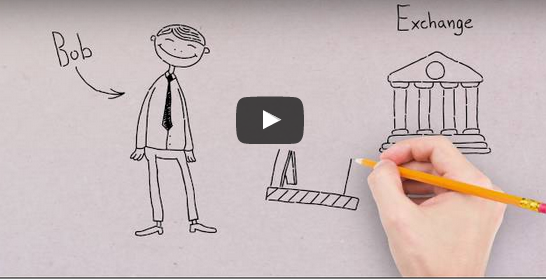By Olivier De Larouzière (Chief Investment Officer, Global Fixed Income)

We believe the European banking sector is fundamentally sound. Tighter regulation of banks than in the US suggests to us that the impact of the recent banking stress on the eurozone’s economic prospects should be modest. Tighter ECB monetary policy is however making itself felt. Credit conditions across the eurozone are contracting meaningfully, constraining demand for lending and clouding the outlook.
According to the latest European Central Bank (ECB) Bank Lending Survey, credit standards for all loan categories tightened due to:
1. Uncertainty over the economic outlook
2. Banks’ declining risk tolerance
3. Higher funding costs in the wake of the 3.75% rise in the ECB’s deposit rate since July 2022
At the same time, demand for housing loans, consumer credit and other types of household borrowing saw strong net declines. Here too, higher interest rates are at play, as well as lower consumer confidence and deteriorating housing market prospects.
The eurozone economy has so far proved resilient thanks to receding energy prices, strong employment, and fiscal subsidies. However, we believe monetary tightening is increasingly feeding through into the economy, as evident in output and demand. Heightened risks to growth in the US also pose downside risks to eurozone GDP growth.
Inflation – A core problem
While the risks to growth have risen, inflation remains a problem, particularly core inflation. Energy prices and strains in global supply chains have eased, but the cost of services is stubbornly high. Rising wages will likely keep core inflation elevated for the coming months, providing little scope the ECB to take its foot off the brake despite the dip in headline inflation.
Accordingly, we expect the ECB to continue to raise policy rates – at least by another 25bp, taking the deposit rate to 3.50%, or even higher. Once rates haven reached that level, we expect the ECB to hold them for longer in restrictive territory than in previous cycles.
Before shifting gears, the central bank will need convincing evidence that underlying inflation is slowing to a level consistent with its price stability mandate.
The ECB will likely be in no rush to take the next step on quantitative tightening (QT). The monthly EUR 15 billion reduction in reinvestments under its Asset Purchase Programme (APP) will continue until June in any case. Given the recent turmoil in the banking sector, and the ECB’s data-dependent approach, we believe the ECB can wait a few months before deciding what it plans to do with regard to balance sheet reduction.
Time for long duration?
Since headline inflation has peaked, and with the end of monetary tightening in sight, investors may want to reallocate to euro government bonds given the uncertain outlook for risky assets. We expect the German 10-year Bund yield to trade in a 2.00-2.75% range in the coming months, and intend to establish a long duration position should they reach the higher end of the range.
As for ‘peripheral’ eurozone bond spreads, we note that political risk in Italy has receded, and cheap loans and grants from the NextGenerationEU programme should help the outlook for Italy’s debt sustainability, at least for now. In the near term, we see no clear catalyst for peripheral spreads to widen.
Tradersdna is a leading digital and social media platform for traders and investors. Tradersdna offers premiere resources for trading and investing education, digital resources for personal finance, market analysis and free trading guides. More about TradersDNA Features: What Does It Take to Become an Aggressive Trader? | Everything You Need to Know About White Label Trading Software | Advantages of Automated Forex Trading

































